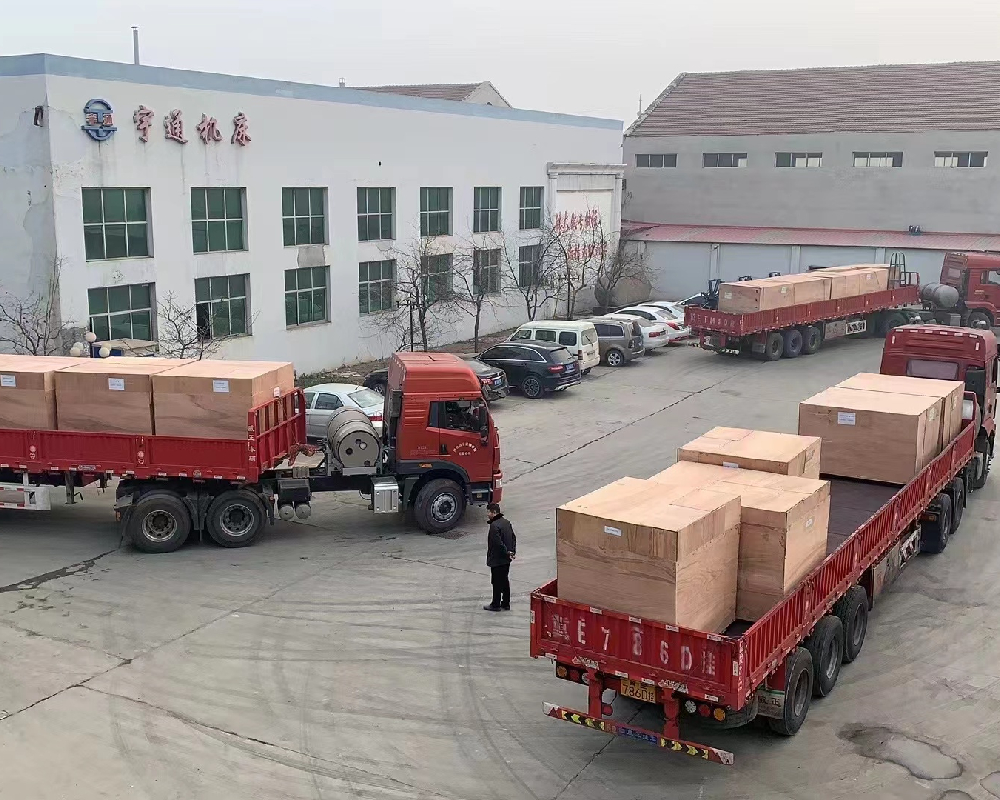
-
 Afrikaans
Afrikaans -
 Albanian
Albanian -
 Amharic
Amharic -
 Arabic
Arabic -
 Armenian
Armenian -
 Azerbaijani
Azerbaijani -
 Basque
Basque -
 Belarusian
Belarusian -
 Bengali
Bengali -
 Bosnian
Bosnian -
 Bulgarian
Bulgarian -
 Catalan
Catalan -
 Cebuano
Cebuano -
 Corsican
Corsican -
 Croatian
Croatian -
 Czech
Czech -
 Danish
Danish -
 Dutch
Dutch -
 English
English -
 Esperanto
Esperanto -
 Estonian
Estonian -
 Finnish
Finnish -
 French
French -
 Frisian
Frisian -
 Galician
Galician -
 Georgian
Georgian -
 German
German -
 Greek
Greek -
 Gujarati
Gujarati -
 Haitian Creole
Haitian Creole -
 hausa
hausa -
 hawaiian
hawaiian -
 Hebrew
Hebrew -
 Hindi
Hindi -
 Miao
Miao -
 Hungarian
Hungarian -
 Icelandic
Icelandic -
 igbo
igbo -
 Indonesian
Indonesian -
 irish
irish -
 Italian
Italian -
 Japanese
Japanese -
 Javanese
Javanese -
 Kannada
Kannada -
 kazakh
kazakh -
 Khmer
Khmer -
 Rwandese
Rwandese -
 Korean
Korean -
 Kurdish
Kurdish -
 Kyrgyz
Kyrgyz -
 Lao
Lao -
 Latin
Latin -
 Latvian
Latvian -
 Lithuanian
Lithuanian -
 Luxembourgish
Luxembourgish -
 Macedonian
Macedonian -
 Malgashi
Malgashi -
 Malay
Malay -
 Malayalam
Malayalam -
 Maltese
Maltese -
 Maori
Maori -
 Marathi
Marathi -
 Mongolian
Mongolian -
 Myanmar
Myanmar -
 Nepali
Nepali -
 Norwegian
Norwegian -
 Norwegian
Norwegian -
 Occitan
Occitan -
 Pashto
Pashto -
 Persian
Persian -
 Polish
Polish -
 Portuguese
Portuguese -
 Punjabi
Punjabi -
 Romanian
Romanian -
 Russian
Russian -
 Samoan
Samoan -
 Scottish Gaelic
Scottish Gaelic -
 Serbian
Serbian -
 Sesotho
Sesotho -
 Shona
Shona -
 Sindhi
Sindhi -
 Sinhala
Sinhala -
 Slovak
Slovak -
 Slovenian
Slovenian -
 Somali
Somali -
 Spanish
Spanish -
 Sundanese
Sundanese -
 Swahili
Swahili -
 Swedish
Swedish -
 Tagalog
Tagalog -
 Tajik
Tajik -
 Tamil
Tamil -
 Tatar
Tatar -
 Telugu
Telugu -
 Thai
Thai -
 Turkish
Turkish -
 Turkmen
Turkmen -
 Ukrainian
Ukrainian -
 Urdu
Urdu -
 Uighur
Uighur -
 Uzbek
Uzbek -
 Vietnamese
Vietnamese -
 Welsh
Welsh -
 Bantu
Bantu -
 Yiddish
Yiddish -
 Yoruba
Yoruba -
 Zulu
Zulu
types of thread rolling machine
Thread rolling machines are indispensable in the realm of manufacturing, offering a streamlined approach to thread production. These machines are pivotal for industries requiring precise thread formation on screws, bolts, and various parts. Understanding the various types of thread rolling machines not only offers a competitive edge but also ensures the selection of the right machine for specific applications.

Thread rolling machines cater to a range of industrial needs, and their specific types primarily include flat die, planetary, and two and three rolls machines. Each type has unique features, benefits, and ideal applications.
Flat die thread rolling machines are among the most widely used due to their simplicity and efficiency in mass production settings. These machines employ two flat dies; one static, the other movable. As the workpiece passes between these dies, the threading occurs. Known for their rapid processing and ability to handle large batch sizes, flat die machines are perfect for manufacturing screw threads and bolts. Industries appreciate their robustness and low operational costs, making them a cost-effective solution for high-volume operations.

Planetary thread rolling machines offer a distinct advantage with their unique orbital system. Unlike traditional methods, the planetary system allows for continuous feeding of the workpiece, thereby reducing cycle times significantly. This type of machine excels in creating precision threads on long and thin pieces, where maintaining the structural integrity of the workpiece is crucial. Specializing in operations that demand high-speed threading, planetary machines are particularly beneficial in the automotive and aerospace sectors, where precision and efficiency are paramount.
types of thread rolling machine
Two and three rolls thread rolling machines are known for their precision and ability to handle intricate profiles. The two-roll version involves a workpiece positioned between two opposing rolls, which apply pressure to form the thread. In contrast, the three-roll variant adds another rolling die, enhancing the machine's capability to produce more uniform threads. These machines are indispensable for creating threads on parts that require high strength and precision, such as in heavy machinery and aviation components. The three rolls system is especially advantageous for its ability to apply uniform pressure, reducing the chances of deformities.
When selecting a thread rolling machine, it's imperative to consider factors such as the material of the workpiece, required thread precision, production volume, and available space. While flat die machines offer speed and cost efficiency, planetary machines present unparalleled precision for specific applications. Two and three rolls machines strike a balance between precision and efficiency, suitable for high-strength requirements.
Investing in the right thread rolling machine can significantly impact the quality of the final product and operational efficiency. Businesses should collaborate with reputable manufacturers and suppliers who provide detailed product documentation, training, and after-sales support to ensure seamless integration into their production lines. Moreover, opting for machines with advanced technological features, such as automated controls and real-time monitoring, can enhance productivity and reduce downtime.
In conclusion, the choice of thread rolling machines is critical for optimizing manufacturing processes. By understanding the specific advantages and applications of flat die, planetary, and two and three rolls machines, businesses can make informed decisions that align with their production goals. As industries evolve, embracing advanced thread rolling technology not only ensures high-quality outputs but also reinforces a company’s reputation for reliability and innovation in the competitive manufacturing landscape.
